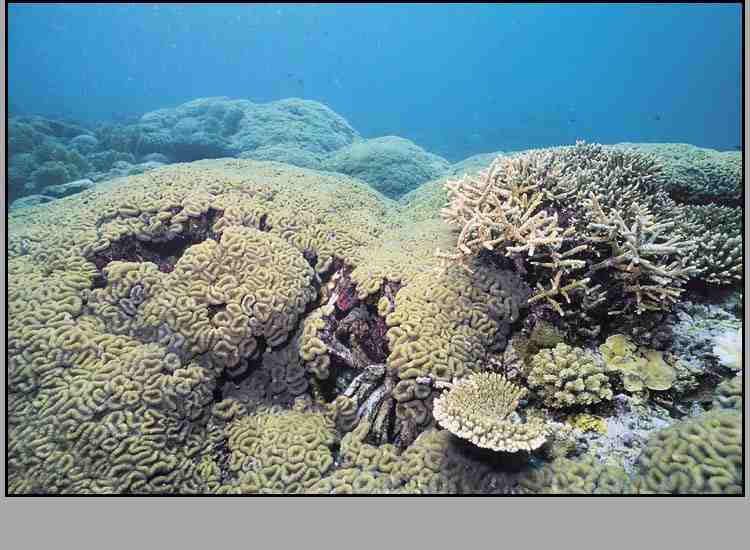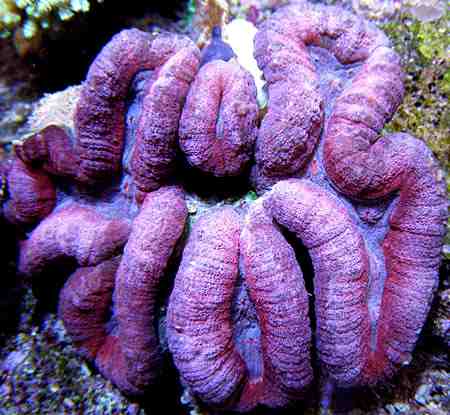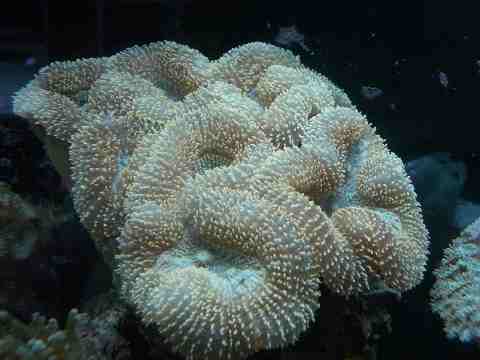Lobophyllia sp.
Printed From: Utah Reefs
Category: Specialized Discussion
Forum Name: SPS
Forum Description: This is the place to ask questions SPS corals.
URL: http://www.utahreefs.com/forum/forum_posts.asp?TID=12740
Printed Date: November 04 2025 at 11:43am
Software Version: Web Wiz Forums 12.03 - http://www.webwizforums.com
Topic: Lobophyllia sp.
Posted By: Kyle
Subject: Lobophyllia sp.
Date Posted: June 14 2006 at 9:06am
 Kingdom: Animalia (animals) Phylum: Cnidaria (cnidarians) Class: Anthozoa (anemones and corals) Subclass: Zoantharia Suborder: Faviina Order: Scleractinia (stony corals) Family: Mussidae Genus: Lobophyllia  Lobophyllia corymbosa Lobophyllia costata Lobophyllia dentatus Lobophyllia diminuta Lobophyllia flabelliformis Lobophyllia hataii Lobophyllia hemprichii Lobophyllia pachysepta Lobophyllia robusta Loobophyllia serratus   Common Names: Lobo, Brain Coral, Lobed Brain Coral, Carpet Brain Coral, Flower Coral Characters: Colonies are phaceloid to flabello-meandroid, either flat-topped or dome shaped. Corallites and/or valleys are large. Septa are large with long teeth. Columella centres are broad and compact. Tentacles are extended only at night, they usually have white tips. Similar genera: Symphyllia in the Indo-Pacific and Mussa in the Atlantic have coarse skeletal structures comparable to Lobophyllia. Both L. hataii (which is meandroid) and L. flabelliformis (which has a Symphyllia-like mantle) can be confused with Symphyllia under water. |
Replies:
Posted By: Kyle
Date Posted: June 14 2006 at 11:24pm
  Identification, Eric Borneman: Avialable in many growth forms and somewhat muted colors, these corals have a typically flabello-meandroind or phaceloid colony form typical of many brain corals. However, they are usually quite flat and less spherical than other brain corals. The polyp tissue is heavy and prominent, leading to one of there common names, meat coral. Single sections of Lobophyllia may easily be confused with Scolymia, and the meandroid pattern is often unrecognizable or not present in some species. Lobophyllia hemprichii is the most abundant species found in the ocean, and it`s colony size and colors are it`s primary distinction from other species, unless examination of the septa and calices are carefully considered. It may form flat, massive colonies or have polyps on the end of branches that can be up to 12in long. Lobophyllia corymbosa is easily confused with Lobophyllia hemprichii, especially with aquarium-sized specimens. Lobophyllia hataii is the most easily recognized species, being distinctly more meandroid, with all meanders converging at the centers. Its valleys are quite shallow when compared to other species. Lobophyllia are also easily confused with Symphyllia. However, corallites of most collected species of lobophyllia remain separate, while Symphyllia corallites have fused common walls. This trait is clearer when the coral is not fully expanded, because the heavy tissue tends to obscure skeletal features. Captive Care, Eric Borneman: Lobophyllia are common Indo-Pacific corals in the aquarium trade, very hardy, tolerant and highly recommended. Their polyp tissue expands greatly in captivity, and feeding tentacles are usually visible at night, running sinuously along the prominent meandroid grooves, or from the margins between the oral and peripheral tissue. Naturally the tentacles occasionally extend during the day but can be trained to open as well. These corals readily take food offerings. If minimally adequate light and water movement is offered, they should grow well throughout the tank. Bright direct light and calm currents are optimal. Because lobophyllia are heavy-bodied corals, growth rates are not as apparent as other corals. Lobophyllia are fairly submissive to other corals (despite their feeding abilities), and recession is their most likely problem. Lobophyllia have been known to produce sweeper tentacles to fight off adjacent corals.  |
Posted By: Mark Peterson
Date Posted: June 15 2006 at 3:42am
|
Hey Kyle,
Thanks for the pics and info.
I hope people don't mind me asking a serious question. How big was it when you started wondering about it and how fast did it grow? ------------- Reefkeeping Tips, & quick, easy setup tricks: www.utahreefs.com/forum/forum_posts.asp?TID=9244 Pay it forward - become a paid WMAS member 
|
Posted By: faviasteve
Date Posted: June 15 2006 at 1:42pm
|
I hope it's OK to add a few comments. In my experience Lobophyllia are great corals because: -they seem to be able to adapt to lower (power compact) or higher (metal halide) light. Some will be more colorful with less light and some will be more colorful with more light.
-injured Lobophyllia can regenerate well, even from serious injury, in good conditions. I assume feeding helps tremendously with healing and growth. Trachyphyllia and Heliofungia, for example, often die from injury and don't regenerate as easily.
-they aren't picky eaters and always seem ready to eat when food is in the water or at night. Different frozen foods, fish meat, shrimp and flake food are all accepted. It's fun to feed a hungry coral. ------------- Steve Burton Logan, Utah |
Posted By: Kyle
Date Posted: June 15 2006 at 3:26pm
| Yes! Yes! I want peoples comments and experiences attached to these threads and i`d reall like people to post pics of there colonies Steve Please feel free to add any pics you have and/or any comments or experiences you`ve had with them |
Posted By: Kyle
Date Posted: June 22 2006 at 11:11am
? how big was what? the tumors? |
 Mark Peterson wrote:
Mark Peterson wrote: